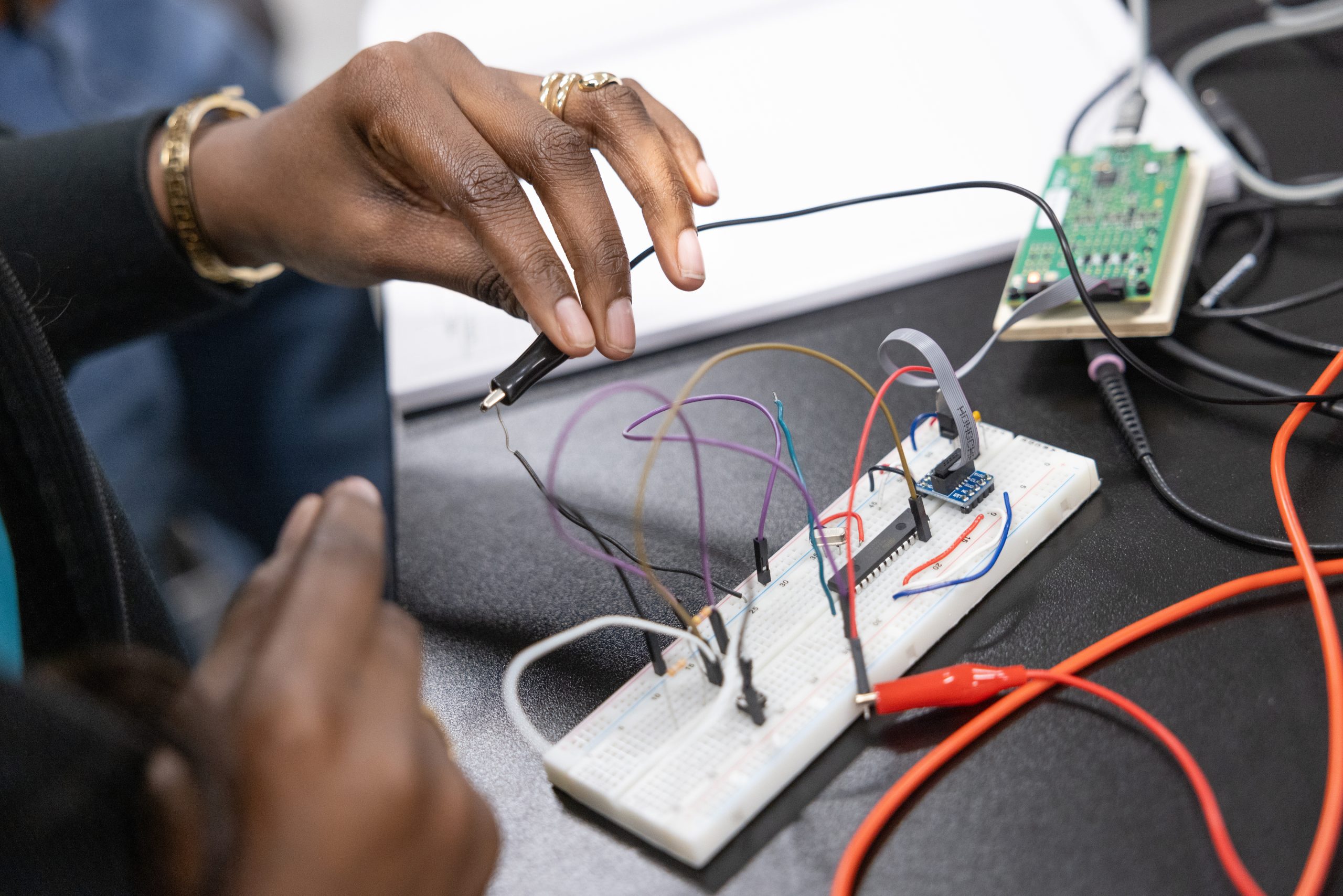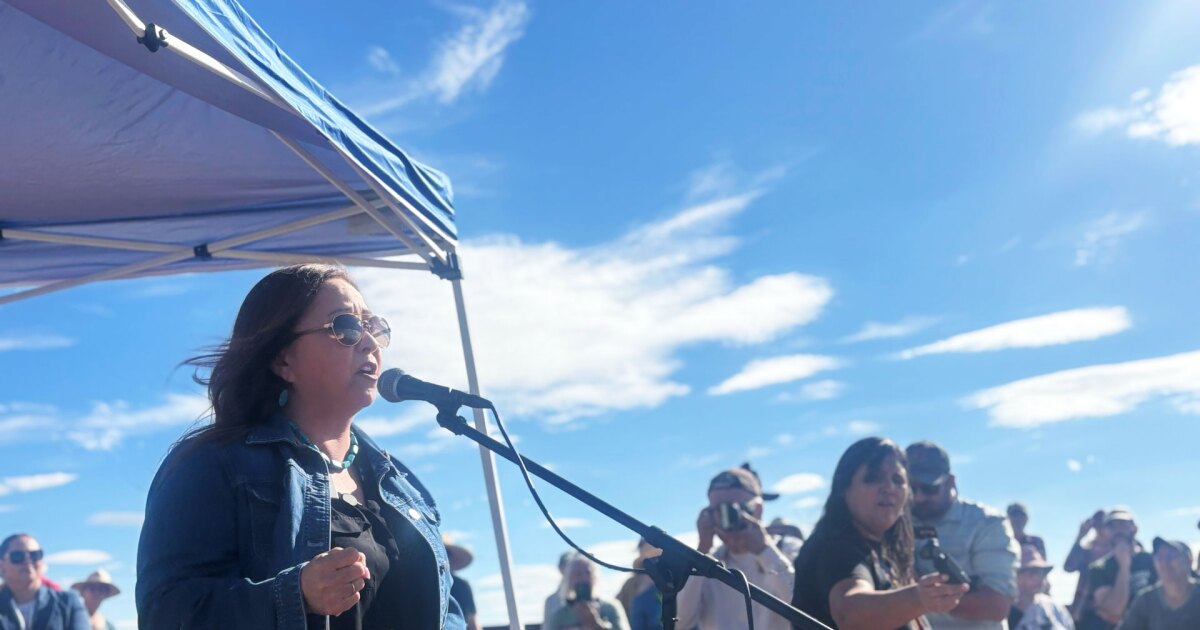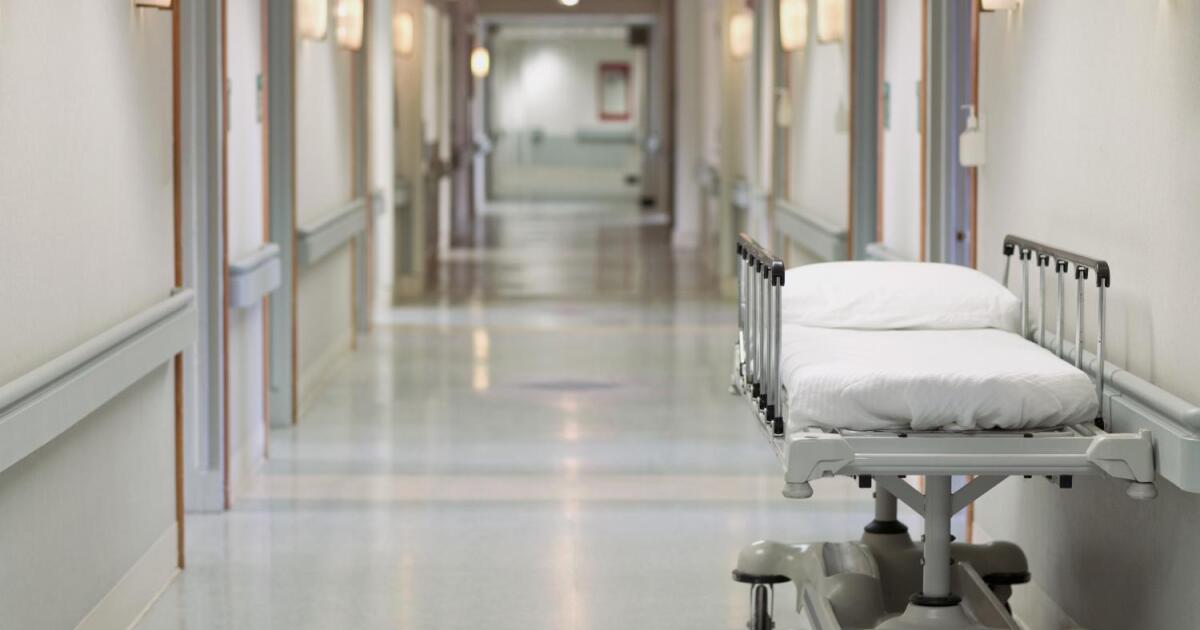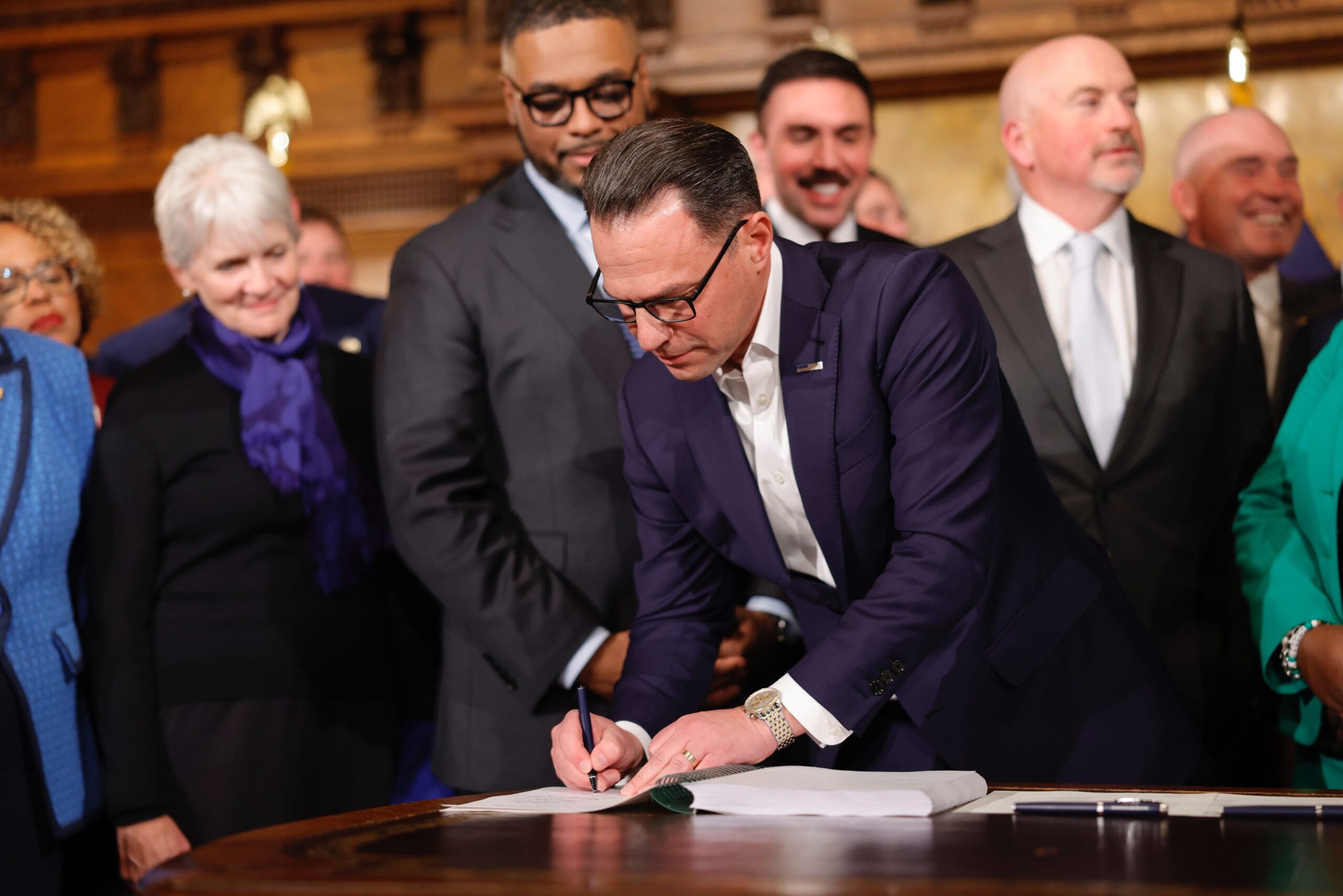This story is part of Michigan Public’s series “Mornings in Michigan,” which features morning moments from across the state.
An Inside Look at Sleep Apnea Treatment in Michigan
Sleep apnea affects over 25 million American adults, as reported by the American Academy of Sleep Medicine. Among those dealing with this condition is Julie Gibb, a 47-year-old mother of four who struggles to find restful sleep despite her active lifestyle.
On a September weeknight, Gibb checked into a Michigan Medicine sleep clinic in Ann Arbor, equipped with personal comforts like a journal and a book to avoid phone usage before bed. “I brought my journal. I got a book because I try not to use my phone a lot at night,” Gibb shared, hoping to replicate her home routine.
Gibb’s family history of sleep apnea, with both parents diagnosed, left her unsurprised but anxious about her own diagnosis. “I also have a family history of sleep apnea. Both of my parents were diagnosed with it,” she noted.
Inside the Sleep Clinic
The clinic, one of four managed by Michigan Medicine, has 38 beds available for both adults and children. During Gibb’s stay, 11 patients were present. Her room was modestly equipped with a bed, chair, TV, and bathroom.
Clinic supervisor Mark Kingen led a tour of the control room, where seven technicians monitored the patients. “Techs can tell if they’re asleep or awake. Kind of like Santa Claus,” Kingen quipped. He detailed the monitoring process, which involves tracking brain waves, heart rate, eye movements, and more.
The Technical Setup
Jasmine Murdock, the sleep technician assigned to Gibb, began attaching numerous wires to her. “I’m going to do the ones on your chin. Those will let us know if you grind your teeth at night,” Murdock explained while connecting about 30 diodes to various parts of Gibb’s body.
Fitting for a CPAP Mask
Having confirmed her sleep apnea through a home test, Gibb’s clinic visit was to fit a CPAP machine mask. Despite her initial reluctance, Gibb decided to proceed, humorously comparing the mask to being a “Snuffleupagus.” After trying several masks, she and Murdock found a suitable fit, adjusting the air pressure for comfort.
Experiencing Change
The following morning, Murdock removed the diodes after a night’s sleep aided by the CPAP mask. “I could tell the difference already. I really have not been breathing well,” Gibb remarked, noting a deeper sleep than usual.
Adjusting to Life with CPAP
Six weeks post-clinic, Gibb received her own CPAP machine. During a Zoom call, she shared, “It’s an adjustment… but I can already tell a difference in my sleep quality.” Her energy and mental clarity had notably improved, marking a significant change in her daily life.
Gibb encouraged others to seek help if facing sleep issues, emphasizing the importance of quality sleep. “If your sleep quality is not great, talk to your doctor about it,” she advised, underscoring the impact on quality of life.
—
Read More Michigan News










